
Introduction: Our next book is 17 Kings and 42 Elephants written by Margaret Mahy and illustrated by Patricia MacCarthy. Now we will take a journey into the jungle without even leaving the story room. In this story there are some nonsense words—that means they are not real words, but are made-up words. Listen carefully to try to figure out which are the nonsense words, but don’t tell.
Read the book. Go through the book and tell which are the nonsense words. Ask the children what they think a couple of the nonsense words might mean. Talk about one of the real words and its meaning.
Early Literacy Aside--Example: Talking about specific meanings of words strengthens your children's vocabulary which will help them understand what they later will read. Often times children have a general idea of what words mean but that benefit from an actual explanation. No need to do that with every unfamiliar word! Just pick out one or two or ask your child to pick out a word that sounds interesting and talk about its meaning. For a sound clip 17 Kings & 42 Elephants of an excerpt from the book said in a mesmerizing chant by Amy Alapati Submitted by Amy Alapati, Montgomery County (MD) Public Libraries engaging rhythm


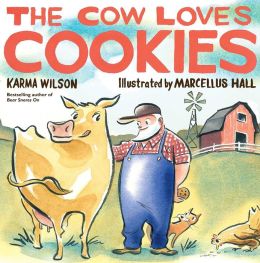
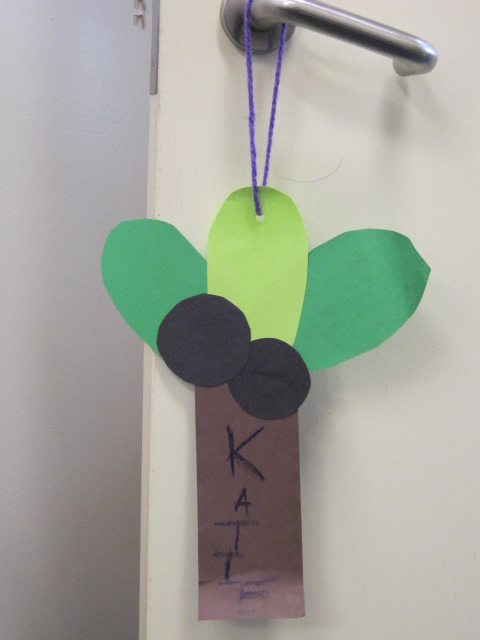
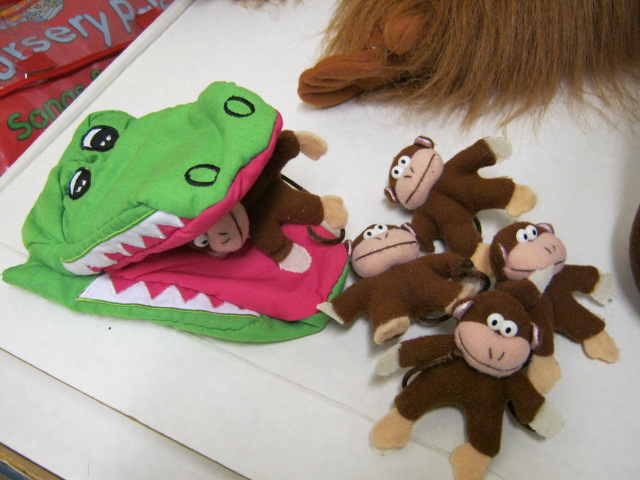
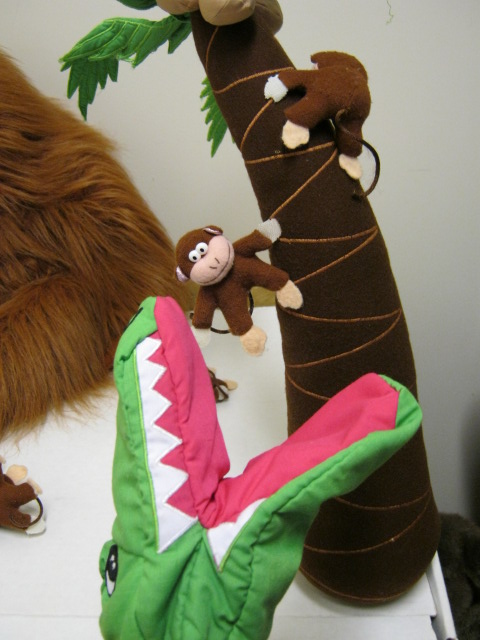
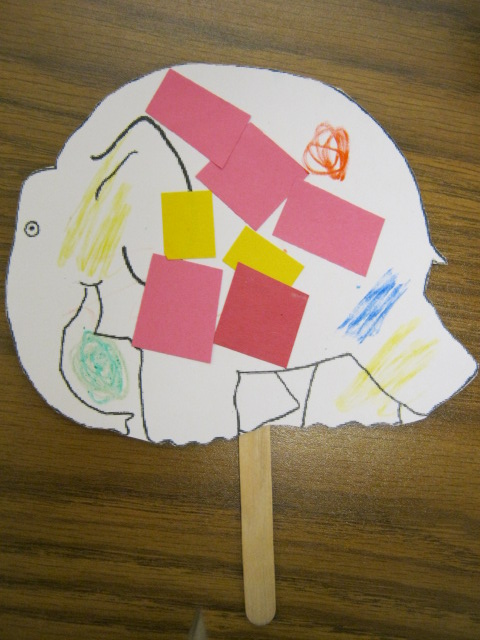


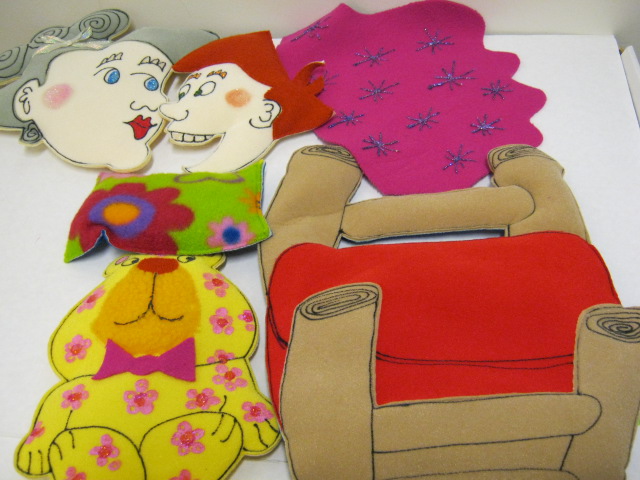

 Read through Breakfast for Jack by Pat Schories (or another wordless book of your choice) Let the children contribute to the conversation as you go through the pictures in the book.
Early Literacy Aside--Example: Using wordless books and having your child tell the story is one easy way to develop your children's narrative skills--having them tell stories. They can tell the story different ways when reading the book several times.
Early Literacy Aside--Empower: I have displayed some wordless books today. Feel free to check them out and have your children tell you the story. If they seem to be stuck, you can ask open-ended questions like "What do you see in this picture? What do you think is happening here?" If you are telling the story together, remember to follow your child's lead. Supporting your children's narrative skills helps them later understand what they read.
Read through Breakfast for Jack by Pat Schories (or another wordless book of your choice) Let the children contribute to the conversation as you go through the pictures in the book.
Early Literacy Aside--Example: Using wordless books and having your child tell the story is one easy way to develop your children's narrative skills--having them tell stories. They can tell the story different ways when reading the book several times.
Early Literacy Aside--Empower: I have displayed some wordless books today. Feel free to check them out and have your children tell you the story. If they seem to be stuck, you can ask open-ended questions like "What do you see in this picture? What do you think is happening here?" If you are telling the story together, remember to follow your child's lead. Supporting your children's narrative skills helps them later understand what they read.